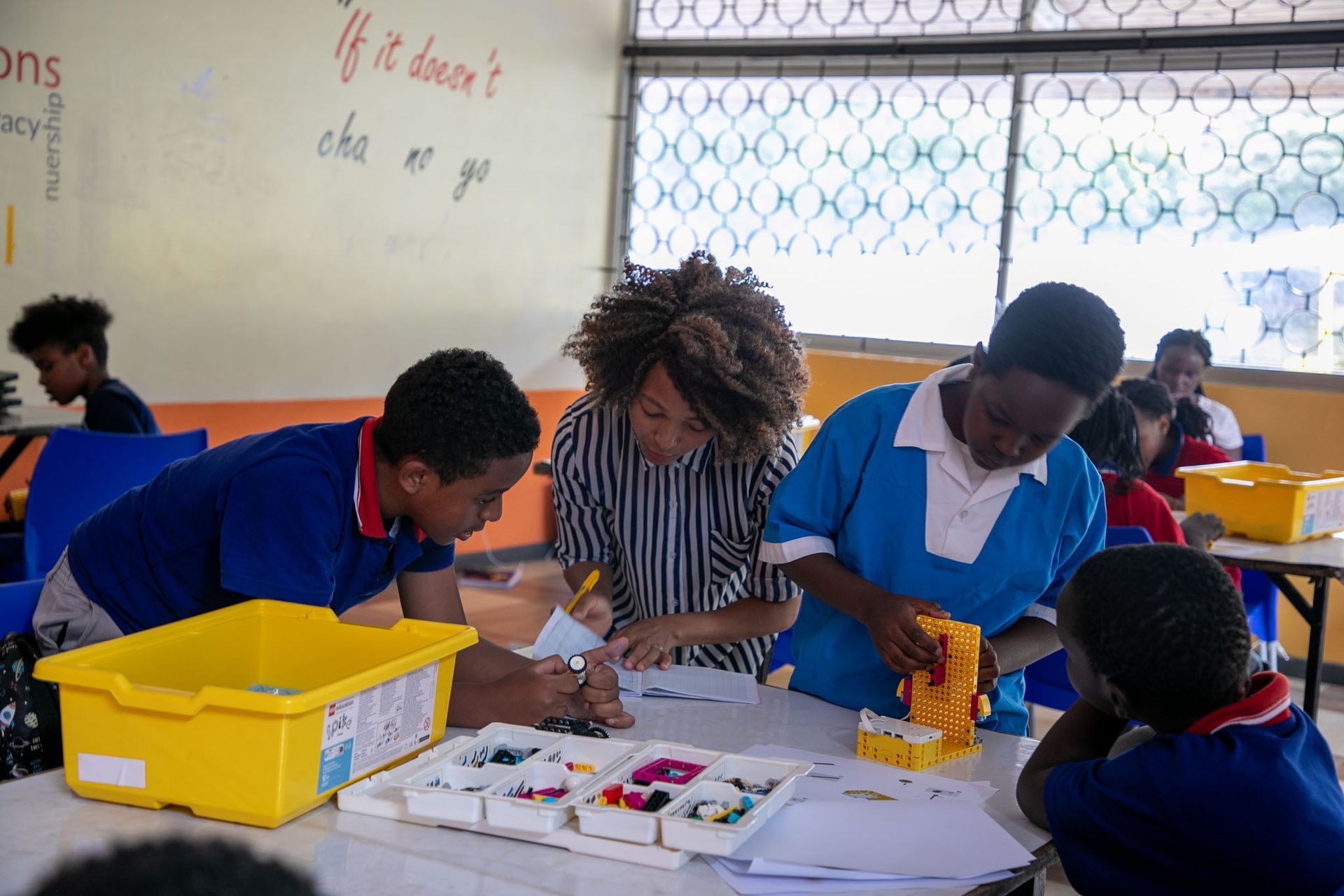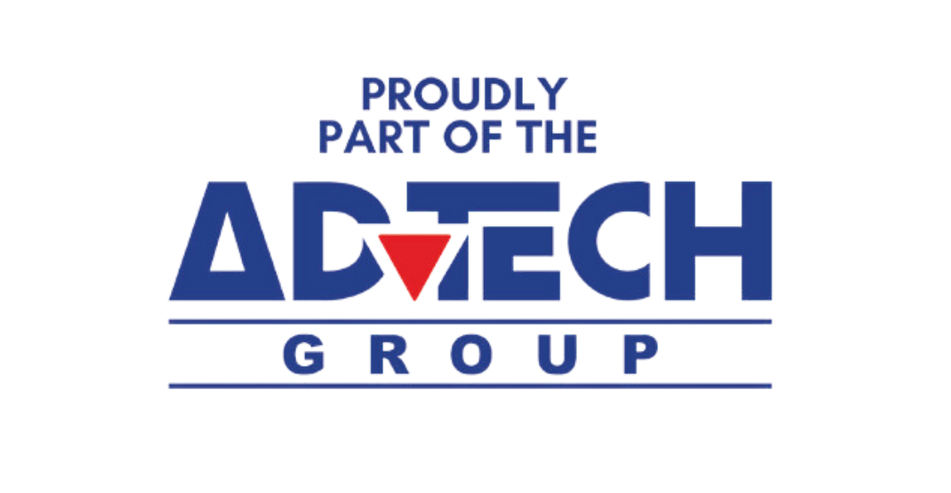How To Draw Your Blended Family Closer
“Family is not always blood. It’s the people in your life who want you in theirs; the ones who accept you for who you are. The ones who would do anything to see you smile and who love you no matter what.” ― Unknown
Balancing family life with consideration for traditions can be challenging. What happens if you remarry and you do not only bring a new spouse into your family dynamic but also your new spouses’ children from their previous partnership?
Raising children in a blended family can bring its unique set of surprises that can be both rewarding and overwhelming. As stepfamilies start navigating their new family roles, it would be highly beneficial to consider the following:
- Create a foundation. Before taking big steps like marriage or moving in together, it is important to talk to your partner about how you will both approach parenting. You may be surprised to learn that you and your partner have very different styles of parenting. To be a blended family you need to create a solid foundation, one that places you on the same page. Creating a united front. Also, it is very important as spouses to make time for each other and not lose sight of why you are in each other’s lives.
- Be mindful of your expectations. Many stepparents feel the pressure to make their new family the perfect one. However, even under the most ideal circumstances it takes time and lots of it to find a rhythm that works. Do not expect to feel profound affection for your partner’s children straight away. Instead keep the lines of communication open. Discuss your hopes, dreams and fears together with the understanding that everyone needs to be flexible. Forging genuine, honest and respectful relationships take time.
- Focus on building respectful relationships. Co-parenting is rarely easy, but it is important not to play your child against their mother/father. Your marriage may be over, but your family is not; acting in your children’s best interest is your most important priority. Additionally, take small steps in building a relationship with your stepchildren. Focus on building a respectful relationship with them before you expect them to have a loving relationship with you. Recognise the importance of your stepchildren’s relationship with their other parents. Do not seek to replace them, but rather focus on creating a new relationship that focuses on mutual respect.
- Compassion for everyone’s development. Members of your blended family may be at various life stages and have different needs. They may also be at different stages in accepting this new family. Family members need to understand and honour those differences and act accordingly.
- Be yourself. Never lose sight of who you are. You and your spouse will need to be in constant, open communication about the family. You are in this relationship for a reason. Do not try to be who you are not. You can be a valuable force in your step child's life, but they also have their own parents. Work at being a loving mentor and positive role model. Be an extension and enhancement for your growing family.
- Balance your attention. In life everything we do takes effort. Take special care to give equal attention to your new family members. Spend time alone with your spouse and work hard on you being a couple. Make time for your own children in order to make them feel secure that you are not replacing them, as well as spend time with your stepchildren to get to know them better. This will allow you to meet them where they are.
- Set family rules beyond the confines of your ‘traditional’ home. When you bring families together one of the first things you should do is have a family meeting between spouses and previous spouses. Until your stepchildren know you and trust you better, you cannot expect them to listen to you simply because you are now the new dad or mom in the house. That doesn’t mean you will never be the disciplinarian. It is important to reach some sort of arrangement between households that can benefit all of your children. This includes: bedtimes, chores, screen time, discipline, security and other family-related interactions.
- Expect setbacks. Your family relationships will fluctuate over time. You and your partner will probably learn by trial and error as you take on new challenges. Children may feel conflicting loyalties and need to pull back sometimes.
- Do not play the blame game. Never blame your stepchildren for disagreements in the family. When you are frustrated about emotions, finances, etc., do not blame or scold your stepchildren for what your husband’s ex-partner is doing. Remember to be mindful and place your stepchildren’s needs first.
- Have a sense of humour. Maintain a positive attitude. Save your energy for important things by not taking every single matter too seriously. Remember your stepchildren are going to push the boundaries to come into their own in the new family dynamic.
- Build a new history together. Do not try to erase memories of what was once a family, but simply work harder to build new memories and traditions together as a blended family. Plan trips, eat together, play games and take loads of pictures.
Putting tips like these into practice may be harder than expected. Balancing blended family life can be overwhelming, but the way a blended family communicates says a lot about the level of trust between them. When communication is clear, open, and frequent, there are fewer opportunities for misunderstanding and more possibilities for connection.














